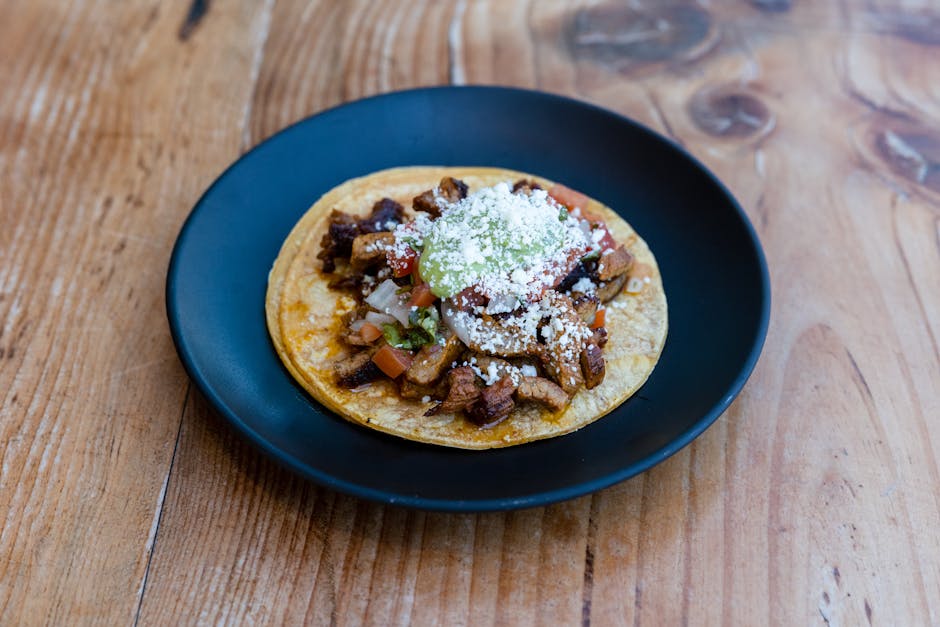The Ultimate Guide to Cotija Cheese Substitutes: Finding the Perfect Replacement for Your Recipes
Cotija cheese, with its firm, salty, and slightly crumbly texture, adds a unique dimension to various dishes. From its use as a salty topping for tacos and salads to its role in more sophisticated recipes, this Mexican cheese offers a distinct flavor profile that’s hard to replicate. But what happens when you find yourself without Cotija? Fear not, this comprehensive guide will explore the best Cotija cheese substitutes, helping you achieve a similar flavor and texture in your culinary creations.
Understanding the Unique Profile of Cotija Cheese
Before diving into substitutes, let’s understand what makes Cotija so special. Its hard, aged texture lends itself well to grating and crumbling, offering a satisfying crunch. The flavor is intensely salty, with a subtle sharpness that evolves during aging. This complex flavor profile is a result of its production process, which typically involves aging for several months or even years. Understanding these characteristics will help you choose the right substitute for your specific recipe.
Key Characteristics to Consider When Choosing a Substitute:
- Saltiness: Cotija is known for its pronounced saltiness. Your substitute should offer a similar level of salinity.
- Texture: The firm, crumbly texture of Cotija is important for many applications. Consider whether you need a hard, semi-hard, or even a softer cheese substitute.
- Flavor Profile: While saltiness is key, Cotija also possesses subtle notes of sharpness and sometimes a hint of nuttiness. The best substitute will offer a flavor profile that complements your dish.
- Application: Will you be grating, crumbling, or slicing the cheese? The texture of the substitute should suit the intended use.
Top Cotija Cheese Substitutes
Several cheeses can effectively stand in for Cotija, depending on the recipe and desired outcome. Here’s a breakdown of some excellent options:
1. Parmesan Cheese: A Classic Choice
Parmesan, especially aged varieties, offers a firm texture and a salty, sharp flavor that comes close to Cotija. While it may lack the same crumbly texture, its intense taste makes it a suitable substitute in many dishes, particularly those requiring a strong cheese element. Grated Parmesan works well as a topping for salads, pasta, and soups where the crumbly texture isn’t as critical.
2. Pecorino Romano: For an Even Sharper Flavor
Pecorino Romano is a hard, sheep’s milk cheese from Italy. It’s even sharper and saltier than Parmesan, providing a more intense flavor that closely mirrors Cotija’s intensity. Its firm texture works well for grating and crumbling. Pecorino Romano is an ideal substitute when you need a strong, salty bite in your dish.
3. Manchego Cheese: A Spanish Alternative
Manchego, a firm sheep’s milk cheese from Spain, offers a slightly nutty and less sharp flavor compared to Parmesan or Pecorino Romano. Its firm texture works well as a grating cheese, and its nutty notes offer a pleasing contrast to the overall salty profile. While not as intensely salty as Cotija, Manchego is a worthy contender in recipes where a milder, yet still flavorful, substitute is needed.

4. Asiago Cheese: A Versatile Option
Asiago cheese, an Italian cheese, comes in various ages, offering a range of textures and flavors. The aged varieties are firm and offer a salty, sharp flavor profile akin to Cotija. It offers a slightly more buttery flavor than Pecorino Romano, which could complement some dishes better. Experiment with different ages of Asiago to find the best fit for your recipe.

5. Dry Jack Cheese: A Mexican-Inspired Substitute
Dry Jack cheese, a firm Mexican cheese, might not be an exact replica of Cotija, but it offers a closer texture and a mild sharpness. Its firm, crumbly texture is quite similar to Cotija, making it a viable option in recipes where the texture is paramount. It’s typically less salty than Cotija, so you may need to adjust seasoning accordingly.
Beyond the Usual Suspects: Creative Substitutes
If you’re feeling adventurous, here are some creative alternatives that, while not direct replacements, can provide interesting flavor profiles:
1. Feta Cheese (with Modification):
Feta, with its salty, brined flavor, can be a surprising substitute. While significantly softer in texture, its saltiness can be a good starting point. To compensate for the lack of firmness, consider crumbling it and mixing it with grated Parmesan or another firmer cheese to achieve a more Cotija-like consistency.
2. Aged Goat Cheese (in Crumbled Form):
Similar to Feta, aged goat cheese offers saltiness. Its crumbly texture, especially in aged forms, can be incorporated into dishes requiring a crumble, but remember it will lack the intense sharpness of Cotija.

Tips for Using Cotija Substitutes
Regardless of the substitute you choose, remember these tips for the best results:
- Taste and Adjust: Always taste your dish and adjust seasoning, particularly salt, as needed. The saltiness of the substitute may differ from Cotija.
- Consider Texture: If the recipe calls for a crumbly texture, ensure the chosen substitute offers a similar consistency.
- Experiment: Don’t be afraid to experiment with different substitutes to find your favorite replacement for Cotija in various recipes.
- Read Reviews: Before settling on a substitute, read online reviews to get a better understanding of others’ experiences with different cheese options.
Finding the perfect Cotija substitute often involves considering the specific application. By understanding the key characteristics of Cotija and exploring the options outlined above, you can confidently choose the best replacement for your culinary creations and enjoy delicious results, even without access to Cotija cheese.

